

When it comes to storing belongings outside the home or office, individuals and businesses in the United States often seek self-storage solutions. The core concept behind different unit sizes offered by self-storage companies is flexibility: these businesses provide a wide range of space options designed to fit varying storage needs, from a few boxes to the contents of an entire house. The storage sector’s approach centers on offering customers precise control over how much space they rent, enabling cost-efficiency and adaptability as their requirements shift over time.
Self-storage facilities in the United States have evolved from basic, uniform lockers to expansive sites featuring an impressive spectrum of unit dimensions. This evolution meets the demand from renters looking to store seasonal items, vehicles, inventory, or even archive documents in a secure, climate-controlled environment. The main principle is a combination of scalability and convenience—tenants may upsize or downsize their space as their storage load changes, all without the commitment associated with traditional real-estate solutions.
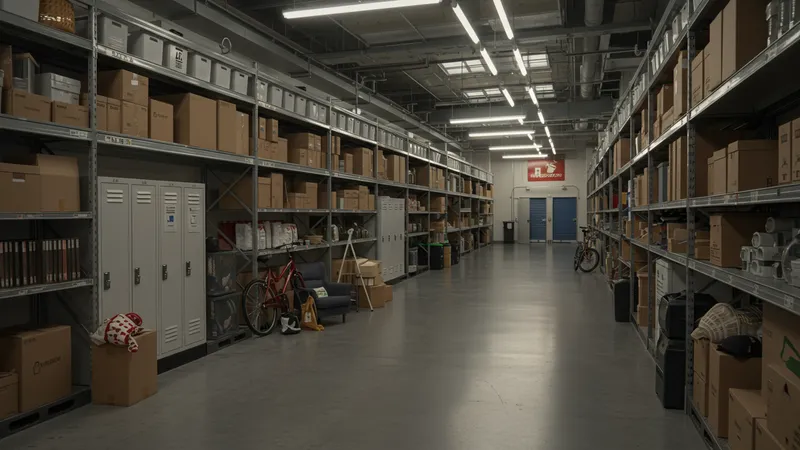
Comparing different unit sizes across self-storage companies reveals striking variations in capacity and price. For instance, a 5x5 unit suits those storing boxes or small pieces of furniture, while 10x30 spaces are chosen by families moving homes or small businesses with significant inventory. Monthly costs are affected by geographic factors: metropolitan areas like New York or San Francisco tend to command higher fees than smaller towns, due to demand and real estate value.
Features such as drive-up access, climate control, or advanced security can significantly influence the decision between unit types. Many Americans investing in collectibles, electronics, or sensitive items gravitate to climate-controlled storage, accepting a higher rental fee for added protection against temperature humidity swings.
Vehicle storage is a specialized segment, with units or open lots designed for cars, motorcycles, boats, and even RVs. The demand for vehicle storage is particularly strong in cities with limited driveway space or strict homeowners’ association rules. Such options often merge with traditional storage, offering flexible, accessible solutions for automotive needs.
Another notable trend is the rise of locker and micro-units, which are ideal for students, travelers, or urban residents with minimal belongings. These affordable, compact options allow customers to avoid paying for space they don’t need, making storage accessible without excess overhead.
In summary, the diverse unit sizes available from self-storage companies in the United States reflect a commitment to customization, enabling users to select just the right amount of space for their unique circumstances. The deeper details reveal even more valuable insights ahead, particularly when you consider specialized features, regional pricing dynamics, and industry innovations.
The diversity of unit sizes in the storage industry is matched by a range of features designed to accommodate every type of customer. For instance, smaller units like the 5x5 or locker-size options are typically sufficient for storing off-season clothing or small appliances, making them ideal for students or apartment dwellers seeking affordable solutions. On the other hand, the largest units, such as the 10x30 spaces, attract businesses and families undergoing major transitions, such as relocations or major renovations.
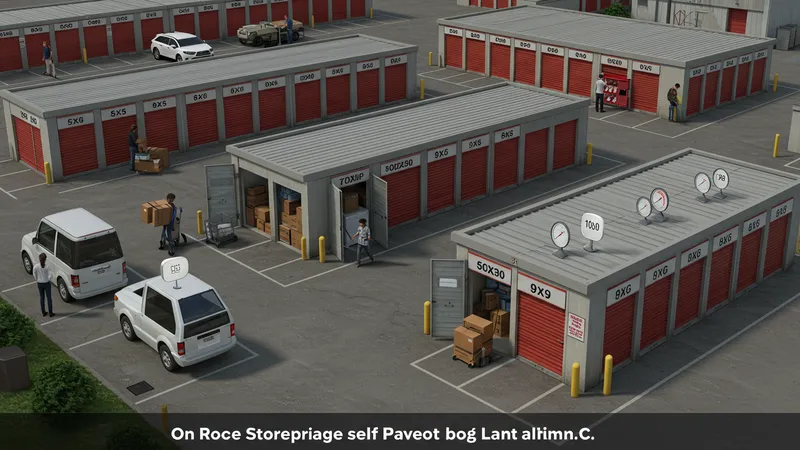
Many US self-storage providers differentiate unit types not just by square footage, but also by access: drive-up units allow renters to load and unload items directly from their vehicles, streamlining the process for those with bulky or heavy goods. Indoor, climate-controlled units, available in most unit dimensions, offer a controlled environment perfect for valuable archives, antiques, or technology, safeguarding items from the country’s diverse weather patterns.
The adaptability inherent in self-storage contracts adds another layer of appeal. US tenants are rarely bound to long-term commitments; most companies offer month-to-month leasing, permitting users to upsize or downsize their storage space as circumstances change. This flexibility reduces stress for those facing uncertain timelines, such as military families, remote workers, or students on summer break.
Recent US industry estimates signal that 1 in 11 Americans rent self-storage space, a statistic fueled by urbanization and smaller living spaces. Facility operators have responded by ensuring nearly every customer demographic finds a suitable option, whether it’s a tiny locker for personal documents or a dedicated lot for recreational vehicles.
Pricing for self-storage units across the United States varies considerably based on location, with the most dramatic differences appearing between urban centers and rural communities. Facilities in regions like California, New York, and the Pacific Northwest tend to have higher prices—even for identical unit sizes—due to dense populations and higher property values. For example, a 10x10 climate-controlled unit may cost upwards of $200 per month in Manhattan, while the same unit in Oklahoma City might be under $100 monthly.
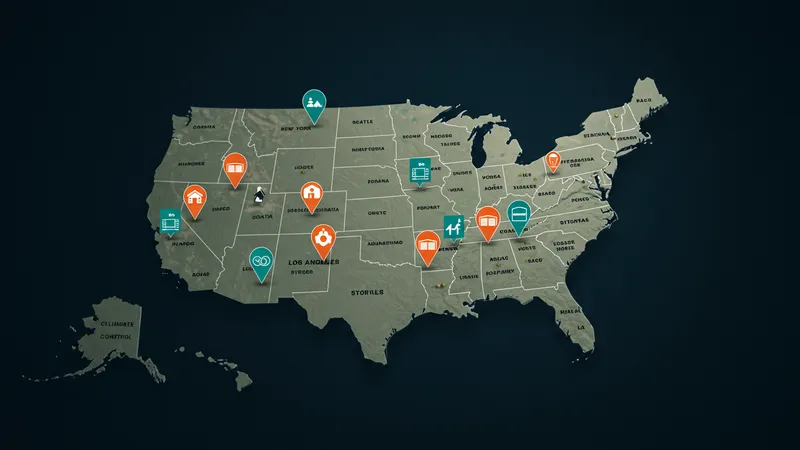
The availability of certain unit sizes is also subject to geographic demand. In states with larger suburban homes, like Texas or Georgia, there’s a stronger demand for 10x15 and 10x20 units, which can accommodate furniture, outdoor equipment, or business inventory. By contrast, compact units are in high demand in densely populated metropolitan areas, where living spaces may not offer sufficient room for long-term storage.
Seasonality can further influence both the supply and the price of specific unit sizes. During the summer, college towns often see a surge in demand for smaller lockers and 5x5 units as students store belongings between terms. In winter, locations catering to RV or boat owners notice a spike in vehicle-storage rentals, leading to fluctuating rates for these specialized options.
US self-storage companies regularly monitor local trends, adapting their available inventory to meet shifting needs. Many facilities list real-time availability and pricing on their websites, empowering potential renters to make informed choices based on current market dynamics and their particular unit size needs.
Selecting a storage unit that matches your specific requirements delivers multiple advantages, especially in the United States where monthly rental fees can add up. Opting for a unit that's too large may result in unused, costly space, while a unit that's too small can lead to damage or accessibility issues when items are stacked improperly. Careful measurement and inventorying before renting ensures the choice balances affordability and practicality.
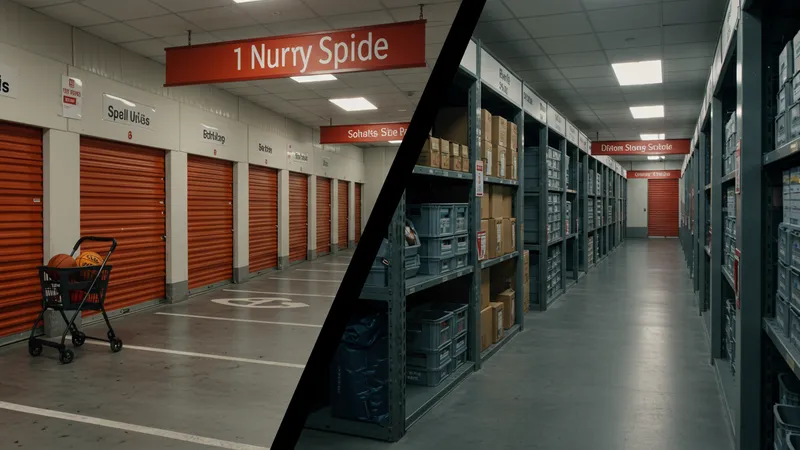
Choosing the appropriate unit size is also linked to access and ease of use. Larger, drive-up units are beneficial for those with frequent access needs—like small-business owners or individuals with sporting gear—while smaller indoor units may suffice for infrequently accessed records or keepsakes. This segmentation has prompted many US facilities to offer virtual guides and storage calculators to help renters visualize space before making a commitment.
Climate control is often a deciding factor for units of any size, particularly when storing sensitive materials. US customers commonly opt for climate-controlled spaces for fine art, electronics, or documents to avoid weather-related damage. Larger climate-controlled units cater to commercial clients with extensive inventory, while compact versions serve apartment residents storing delicate personal items.
Research from the US self-storage industry identifies that tenants who intentionally select the correct unit size report higher satisfaction, fewer issues with access, and reduced overall costs. Advisory services and in-person consultations, widely available from top chain facilities, further support consumers in making decisions that best fit their lifestyle and budget.
Constant innovation characterizes the US self-storage industry, with changing consumer habits and technological advancements driving new ways to deliver flexible unit sizing. Some companies now offer dynamic space solutions—adjustable partitions or scalable units—allowing renters to resize their rented area without changing location. This appeals to business clients with inventory that fluctuates seasonally or unexpectedly.
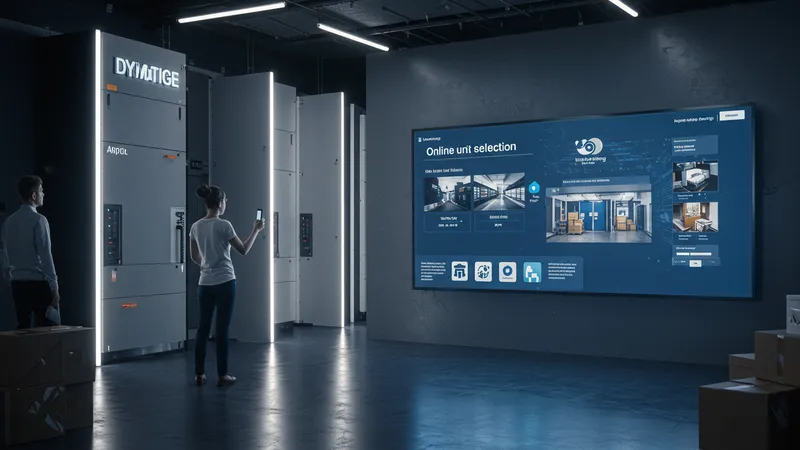
Another significant trend has been the integration of digital features, such as online unit selection tools, video tours, and remote leasing. Many providers, including those listed above, empower customers to browse, reserve, and even complete rental agreements online, facilitating transparent price comparisons and ensuring a suitable fit for storage needs without in-person visits.
Mixed-use facilities catering to new urban lifestyles are also on the rise, especially in city centers. These often offer a spectrum of unit types, from micro-lockers tailored to commuters and students, up to expansive warehouse-style spaces for businesses. This variety mirrors broader US trends toward multipurpose, adaptable solutions across housing and work environments.
Finally, customer feedback and market analytics continually shape unit offerings. The most successful US self-storage firms adjust their size and feature portfolios in response to renter demands, streamlining inventory for both expected and emerging needs—ultimately ensuring the right options are available for every kind of customer, every season.